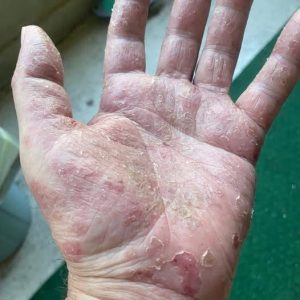Sleep Stroke: The Hidden Nighttime Danger
A sleep stroke—also called a wake-up stroke—occurs when blood flow to the brain is blocked or a vessel bursts during sleep. Symptoms only appear upon waking, often delaying treatment and worsening recovery.
Why They’re So Dangerous
Stroke treatment works best within hours of onset. Sleep strokes often go unnoticed overnight, narrowing this crucial window.
Know the Warning Signs:
-
Sudden numbness or weakness on one side
-
Slurred speech or trouble speaking
-
Confusion or difficulty understanding
-
Vision problems
-
Dizziness or loss of balance
-
Severe unexplained headache
-
Nausea, vomiting, or seizures
Use the FAST Test:
-
Face drooping
-
Arm weakness
-
Speech difficulty
-
Time to call emergency help
Prevention Tips:
-
Avoid heavy, salty meals before bed
-
Limit alcohol, quit smoking
-
Control blood pressure and blood sugar
-
Manage stress with calming bedtime routines and deep breathing
-
Sleep 7–9 hours of quality rest
-
Use prescribed medications and therapies like CPAP for sleep apnea
Final Thought:
A brief evening walk and mindful relaxation can protect brain health. Healthy sleep habits and regular checkups greatly reduce the hidden risks of nighttime strokes.





